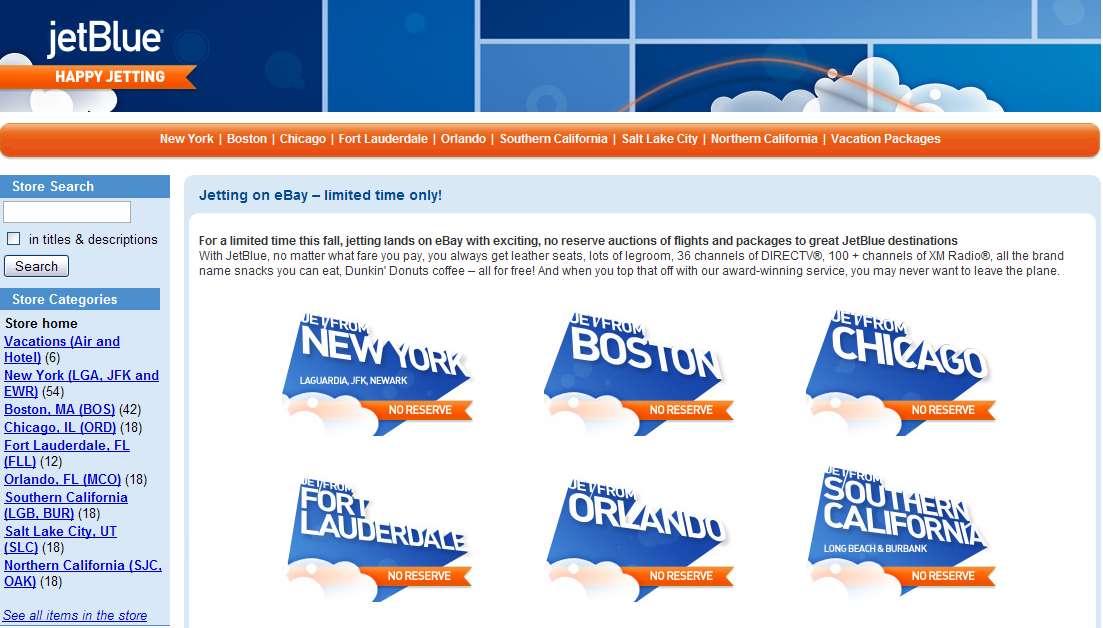Some of us have jobs important enough to fly business class frequently. Are the rest of us destined to be packed into cattle class unless we pay an arm and a leg for business? Not really, even when it is generally getting more difficult to earn and claim Frequent Flier miles.
But frequent fliers are often pampered by the airlines in a variety of ways. So why not try out a few interesting techniques to be taken good care of in the air? Here are five ways the clever people earn and use their miles, especially for upgrades.
1. Just Fly It!
The fastest way to earn an upgrade is to earn miles, especially if you fly frequently. A return trip from Singapore to New York on Singapore Airlines economy class generates nearly about 20,000 miles, not far from the 30,000 miles needed for a one way business class upgrade, or a free economy ticket to Hong Kong. Stick to one major airline, or network such Star Alliance or One World. Do take note that super discounted fares may appear attractive but do not usually qualify for miles accruing.
2. Splurge on Regional, upgrade on International
Passengers may want to consider paying to fly premium on regional routes and using miles to upgrade on international routes. This is simply because the costs are so much more manageable. The actual price difference between an economy and business ticket begin to widen with trip distance. Yet flying comfortably is so much more important on long hauls. Splurging on regional and upgrading on international reduces costs substantially. However, this would not work if the majority of the sectors that the passenger is intending to fly are long haul.
3. Swipe your way to an upgrade
Co-branded credit cards are common and available across the globe for major airlines. Singapore Airline’s most premium credit card, the American Express Singapore Airlines PPS Club Platinum card, earns a mile for every dollar spent. To earn a trip from Singapore to Hong Kong, the card holder would have to spend S$30,000 for a return ticket on economy class. While credit cards can be useful to top up that few thousand miles that you need for your next Business ticket, depending on credit card alone for a fee ticket, or even an upgrade could take ages.






